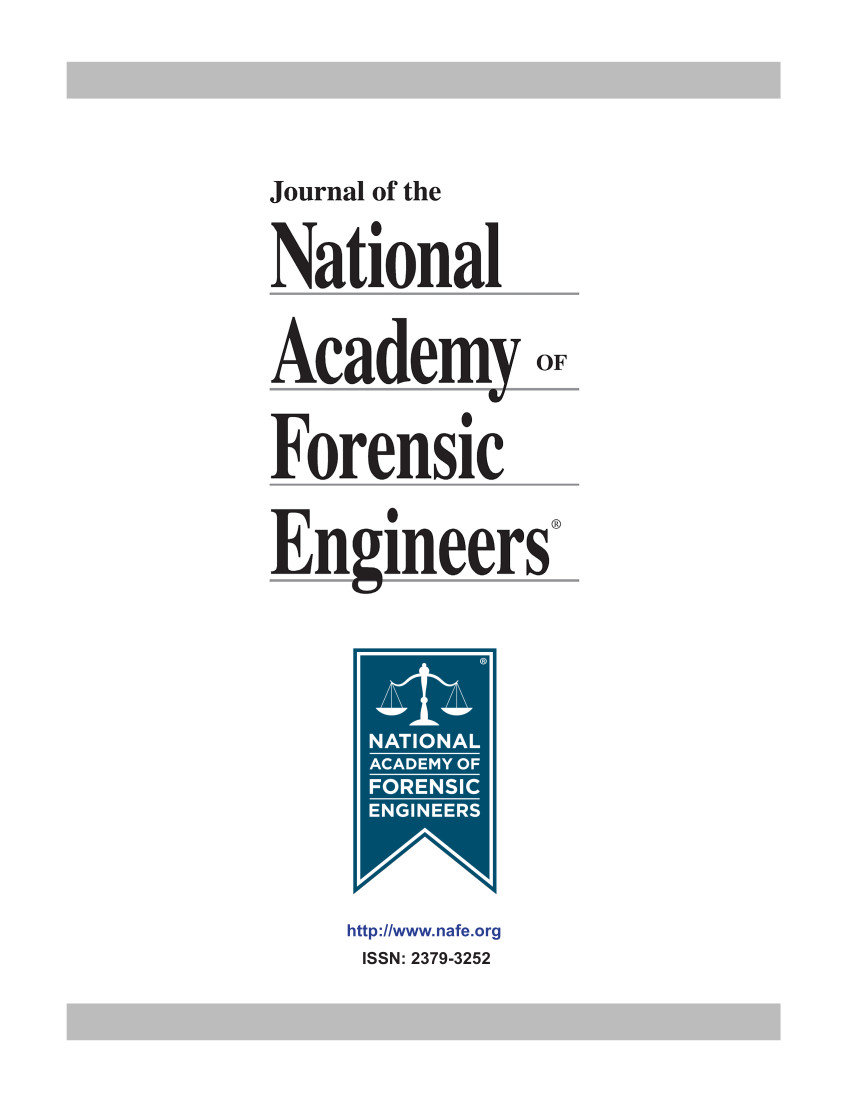Forensic Engineering Investigation Of A Gas Pipeline Condensate Explosion Due to Static Electricity
DOI:
https://doi.org/10.51501/jotnafe.v4i1.413Abstract
The forensic engineer is often called upon to investigate fires and explosions. Frequently, the ignition source for these incidents is readily attributable to an open flame, electric short, chemical reaction or other easily identified cause. In I some cases, however, no obvious mechanism can be found and the forensic engineer must consider the possibility of static electric discharge. The available literature on static electricity is limited and difficult to find. The following incident description and investigation results are intended to provide the reader an understanding of how a static electric charge can be generated, discharged and prevented. Since static electric conditions are difficult to recreate and calculate after an incident, the forensic engineer must use deductive logic to determine the existence of the charge. The following example of this process is based upon an actual incident with some modifications which are made to protect the identity of the actual partiePublished
1987-01-01
How to Cite
Wernicke, James C. 1987. “Forensic Engineering Investigation Of A Gas Pipeline Condensate Explosion Due to Static Electricity”. Journal of the National Academy of Forensic Engineers 4 (1). https://doi.org/10.51501/jotnafe.v4i1.413.
Issue
Section
Articles
License
Copyright (c) 1987 National Academy of Forensic Engineers

This work is licensed under a Creative Commons Attribution-NoDerivatives 4.0 International License.
All rights © Journal of the National Academy of Forensic Engineers.
Full statement regarding the author's license of copyright to the NAFE is shown on the Copyright section of the Submissions Page.






